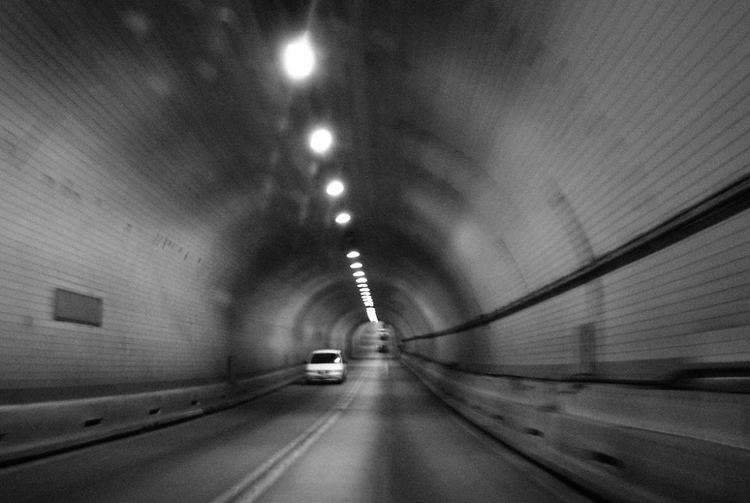No. of lanes 2 Architectural style Various Opened 1950 Length 3,791 ft (1,155 m) Number of lanes 2 | Built 1950 NRHP Reference # 08000316 Area 3 ha Added to NRHP 16 April 2008 | |
 | ||
Similar Sam Houston Ship Cha, Sidney Sherman Bridge, Fred Hartman Bridge, Houston Ship Channel, San Jacinto Monument | ||
The washburn tunnel houston tx
The Washburn Tunnel is a two-lane underwater motor-vehicle tunnel connecting Galena Park and Pasadena, two suburbs of Houston, Texas. Completed in 1950, it travels north-south underneath the Houston Ship Channel. It was named after Harris County, Texas Auditor Harry L. Washburn. It is the largest and first toll-free vehicular tunnel in the Southern United States.
Contents
- The washburn tunnel houston tx
- Map of Washburn Tunnel Texas USA
- Washburn tunnel fishing pasadena tx
- Overview
- Specifications
- References
Map of Washburn Tunnel, Texas, USA
Washburn tunnel fishing pasadena tx
Overview
Merritt Chapman and Scott Corporation of New York engineered the $7 million project. First, a trench 90x40 feet had to be dug. Second, these sections had to be locked into position 85 feet underwater. Finally, the last touches, such as tiling the inside, were completed.
It is the only underwater vehicle tunnel currently in operation in the state, as the Baytown Tunnel was replaced in 1995 by a bridge. The tunnel consists of a single bore, 895 meters (2,909 feet) in length, with a six-percent roadway grade outward from the center towards each exit. Forced transverse ventilation is potentially provided by three automatic high-speed Westinghouse Sturtevant blower fans located in a tower at the north entrance. These fans are designed to keep the air free from high-levels of carbon monoxide.
In the event of electrical failure, a generator can support the electrical needs of the tunnel. Every twelfth light is powered by a generator. The light intensity at the portals is three times brighter than the interior. This prevents temporary blindness when entering the tunnel.
Pumps located under the road surface counter accumulation of water by draining it back into the ship channel. Before Hurricane Ike in 2008, the tunnel had never been flooded.
The tunnel is one of five vehicular crossings of the Ship Channel. The other four are the Sidney Sherman Bridge, popularly known as the (Interstate) 610 or Ship Channel bridge; the Sam Houston Ship Channel Bridge, formerly the Jesse Jones Toll Bridge and popularly known as the Beltway 8 Bridge; the Fred Hartman Bridge connecting La Porte, Texas and Baytown, Texas; and the Lynchburg Ferry. The tunnel is also the only twenty-four-hour operation in Precinct Two.
The tunnel was added to the National Register of Historic Places on April 16, 2008.
Specifications
Total Cost: $7,683,915 (1950)
Total Length: 3,791 Ft.
Distance between Portals: 2,936 Ft.
Length of Tube Section: 1,500 Ft.
Roadway Width: 22 Ft.
Headroom (each lane): 13 Ft.
Headroom (center Lane): 18 Ft.
Internal Diameter of Tubes: 32 Ft.
External Diameter of Tubes: 38 Ft.
Max. Grade: 6%
Max. Dept (Water to top): 45 Ft.
Max. Dept (Water to roadway): 68 Ft.
Max. Dept (water to bottom): 80 Ft.
Dredging: 425,273 cu. yards
Excavation: 289,600 cu. yards
Tremie Concrete: 11,750 cu. yards
Concrete: 34,250 cu. yards
Steel in tubes: 2,373 tons
Ceramic Tile: 1,061,000
Number of fans: 3
Max Ventilation: 760,000 cfm
Complete Air Exchange: 2 minutes
